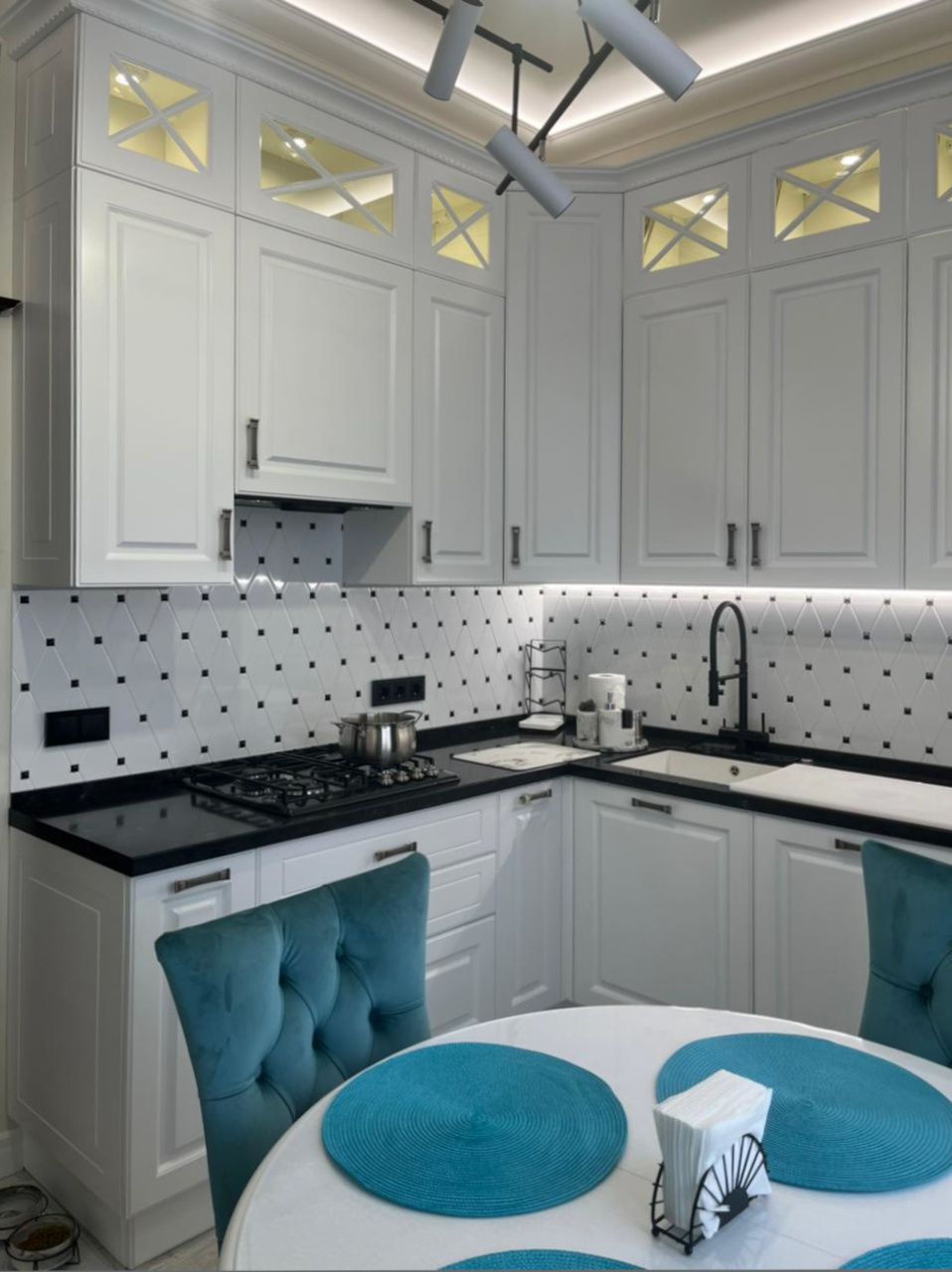
The Evolution of Culinary Spaces
The concept of culinary spaces within homes and commercial settings has undergone a dramatic transformation over the years. Today, these areas are no longer just functional zones meant for preparing meals, but rather they have become central hubs for social interaction, creativity, and personal expression. The modern culinary space is as much about aesthetics and atmosphere as it is about practicality and efficiency.
Blurring the Lines Between Cooking and Living Areas
One of the key ways in which culinary spaces are being redefined is the merging of the kitchen with living and dining areas. This trend reflects a more casual and inclusive approach to meal preparation and consumption. Open-plan designs facilitate conversations between the chef and their guests, as well as allow for cooking and dining to take place in a shared, multipurpose environment. This shift highlights the importance of the culinary space as a place for gathering and entertaining.
Technology Infusion into the Kitchen
The integration of cutting-edge technology has completely reimagined culinary spaces. Smart appliances that can be controlled via smartphone apps, voice commands, or AI assistants are becoming increasingly common. These devices not only make the cooking process more efficient but also add an element of luxury and excitement to the space. Additionally, innovations like sous vide machines, high-precision induction cooktops, and interactive recipe displays contribute to a futuristic kitchen experience.
Focusing on Sustainable and Healthy Living
Sustainability and wellness also play significant roles in the redefinition of culinary spaces. Consumers are more aware than ever about the ecological footprint and health impact of their food choices. As a result, kitchens now often feature areas dedicated to home gardening, composting, and recycling. Many modern designs prioritize natural light, ventilation, and the use of non-toxic, sustainable materials to promote a healthier lifestyle for their occupants.
Aesthetic and Personalization Take Center Stage
Personal style and aesthetics are becoming as integral to the culinary space as its functionality. Homeowners and designers alike are looking at the kitchen not just as a place to cook, but as an extension of their personal taste and lifestyle. Custom cabinetry, unique countertops, and handcrafted elements are just a few examples of how individuality is being expressed in modern kitchens. This drive for personalization allows culinary spaces to truly reflect the homeowner’s personality and style.
The Professional Touch at Home
For those with a passion for gastronomy, the home culinary space is taking on the guise of a professional kitchen. Stainless steel surfaces, commercial-grade equipment, and professional tools are being incorporated into the design to allow home chefs to explore their culinary pursuits to the fullest. These high-performance kitchens encourage the preparation of gourmet meals and offer the perfect setup for those who want to hone their cooking skills in a professional-like environment.
The Cultural Impact on Culinary Space Design
Culinary spaces are also seeing the influence of global cultures, with fusion designs that bring together elements from different culinary traditions. This is evident in the materials, color palettes, and layout choices that reflect the diverse ways people prepare, enjoy, and share food across the world. The adoption of international design philosophies not only enriches the look and feel of the space but also broadens the homeowner’s culinary repertoire.
Conclusion: Redefining Culinary Spaces for Future Generations
As we look towards the future, we can expect culinary spaces to continue evolving in line with technological advancements, sustainability, and the diverse needs of those who use them. The redefined culinary space is more than a trend; it is a reflection of changing lifestyles and priorities that put a premium on flexibility, comfort, and personal expression. With this progression, culinary spaces will remain at the heart of homes and communities, adapting and innovating for generations to come.